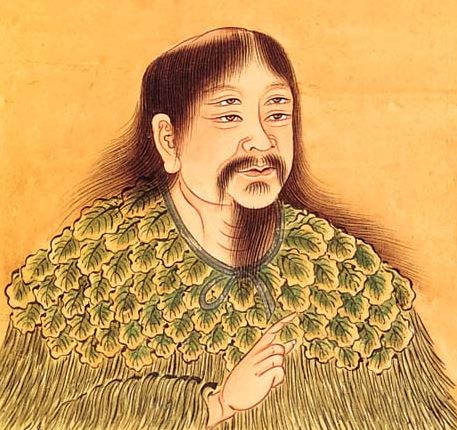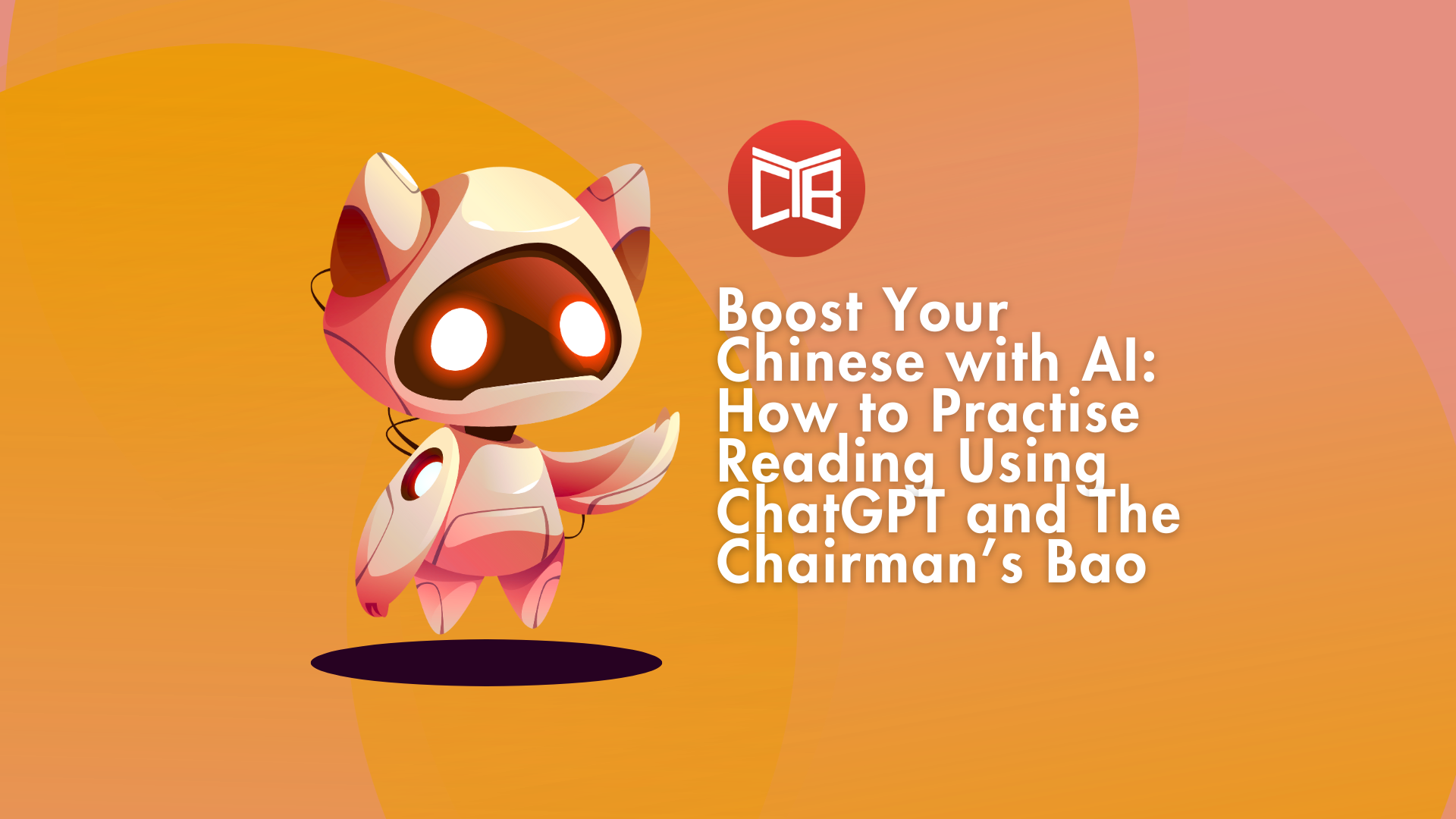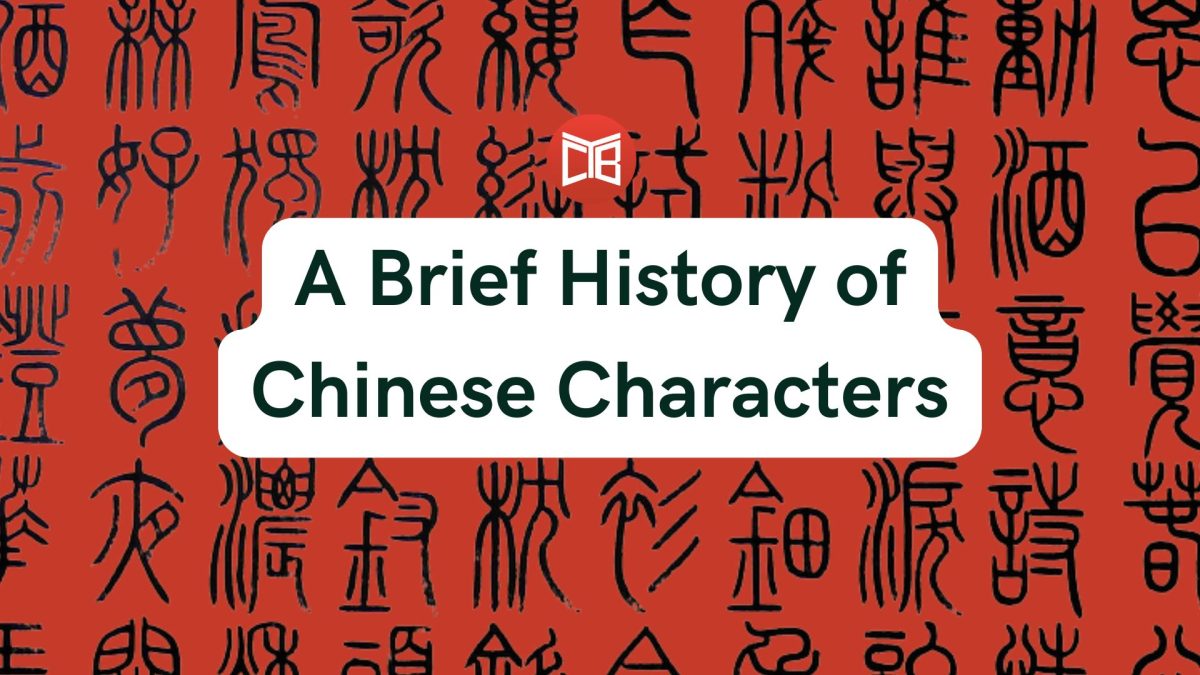
An Introduction to the Evolution of Chinese Characters
When you learn to read and write Chinese you are learning one of the world’s oldest writing systems. The evolution of Chinese characters can be traced back thousands of years. Signs and symbols engraved on pottery, shells and bones have been unearthed from 8,000 years ago. A uniformed writing system developed about 3,000 years ago with divination rites inscribed on animal bones and turtle shells. Some of those characters are ‘ancestors’ to Chinese characters used today. Chinese writing continued to evolve over the centuries, and by the early Tang Dynasty (618-690AD) we have the recognisable system of today’s Traditional Chinese writing. One further evolution in the history of Chinese writing occurred last century with the simplification of Chinese characters to create the writing system currently used in mainland China.
What are Chinese characters?
Chinese characters, known as Hànzì (汉字), form the basis of Chinese writing and differ markedly from the alphabet system used in Western languages. Unlike letters of the alphabet, logograms represent words or compounds of words. All the world’s oldest writing systems, such as those used in Ancient Egypt, Mesopotamia and China, use a logographic system.
The earliest Chinese characters were created using pictures or pictographs, which were originally inscribed on clay pottery and bone and then later on bronze and other metals. These characters eventually developed into the calligraphic style that we see today; this style has also been altered through the ages from the crude, unformulated style of the so-called Oracle bones to the modern day ‘rhombus-shape’ characters.
Some characters are pictograms where the character is a picture depicting the item. Others are ideograms representing an abstract concept (such as ‘up’ and ‘down’). Then there are characters that combine two or more pictograms and ideograms to create a new meaning, and characters that combine elements to give both the meaning and sound.
Origin of Chinese characters – Legends and Neolithic symbols
According to the Chinese saying “苍颉造字” (‘Cangjie created characters’), Chinese characters were the invention of Cangjie, the four-eyed official historian to the Yellow Emperor.
Cangjie was renowned for his intelligence and his amazing memory, and was tasked by the Yellow Emperor to invent a writing system to record information. Cangjie then set about studying the objects around him, the animals and other living things, geographical features, the sun, the moon and stars, to find each object’s special characteristic that differentiated it from the others. He then designed characters incorporating each of those special characteristics. The legend has it that once he had finished the gods and celestial ghosts cried because they knew that Cangjie’s invention would make human beings more cunning.
Archaeological discoveries have since provided an alternative, more scientifically accurate version of the origins of Chinese characters, even if there are still gaps in our knowledge. The earliest evidence of written symbols can be traced back to over eight thousand years ago. Several archaeological sites from the Neolithic (or New Stone Age) period have unearthed pottery, animal bones and turtle shells depicting ideograms or geometric shapes. The earliest of these sites is the Jiahu site in Henan province, dating from 6600 BCE, in which 16 distinct signs were identified on turtle shells. Some historians therefore claim these Jiahu symbols are the oldest Chinese characters.

Another significant Neolithic archaeological site is the Banpo site – east of Xi’an in Shaanxi Province, China – where there have been discoveries of symbols, 22 distinct ones, that have been carved onto pottery. The Banpo site has been dated at around 4000-5000 BCE.
The problem with these Neolithic symbols is that experts are unclear as to the meaning or function, if any, of these symbols, so it is difficult to claim they are the oldest Chinese characters. Also these symbols bear little or no resemblance to later forms of characters that are the true descendants of modern Chinese. Despite original claims that the Neolithic finds were the first evidence of Chinese writing, most experts agree that these symbols, always found in isolation, cannot be classed as a writing system.
Ancient Shang Dynasty – Oracle Bone Script
The consensus amongst experts is that the earliest known form of Chinese writing developed in the later stages of the ancient Shang Dynasty, around 1250 BCE to 1200 BCE. This was in the form of carvings on animal bones and turtle shells (known as Oracle Bone Script or Jiǎgǔwén 甲骨文 (literally “shell and bone writing”). The oracle bones were used for divination on topics like war, agricultural forecasts, illness and death, and sacrifices. Some of the bones contain as many as a hundred characters, written in the form of questions.
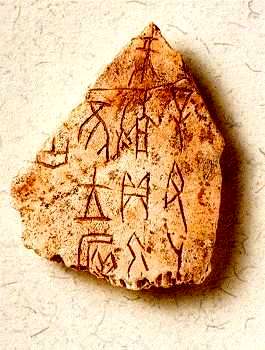
In contrast to the limited number of Neolithic signs unearthed, scholars believe that at least 4,000 unique characters have been discovered, though most of them remain undeciphered. Some of these characters form the basis of characters used today in modern Chinese writing, and so are regarded as the oldest Chinese characters yet discovered.
However, it should be noted that Oracle Bone Script characters are so varied – they include pronouns, verbs, adjectives, and auxiliary verbs – that they most likely developed out of another, as yet undiscovered, writing system.
Bronze Writing
During the Bronze Age, towards the end of the Shang Dynasty, characters began to be carved or cast onto bronze. These were called Jīnzi 金文 ‘metal characters’. Their shape and structure were similar to that of the Jiǎgǔwén, however, as the use of molds became more popular, the characters themselves became more structured and thicker. Archeologists have discovered thousands of bronze artifacts, ranging from bells, cauldrons and ritual artifacts with cast inscriptions. Perhaps a quarter of them date from the late Shang Dynasty, while the majority are from the Zhou Dynasty (1046 BCE – 256 BCE). A significant number of bronze artifacts have also been found from the later Qin and Han Dynasties.
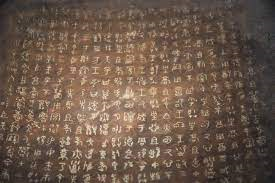
Bronze Writing evolved from Oracle Bone Script. Over time the inscriptions tended to grow longer, with some from the late Zhou period up to 400 characters long. (The longest inscription, from the Western Zhou Dynasty period, has 497 characters). Characters also evolved to become less picture-like and more symbolic in appearance. However Bronze writing lacked uniformity and distinct regional variations emerged, as well as formal and informal styles.
Seal Script
The period after the Western Zhou Dynasty, the 500 years of the Spring and Autumn Period and Warring States period, was a period of economic growth and a burgeoning culture. Education also spread in this period; it was no longer the sole domain of the aristocracy but became available to other classes. In tandem with this growth, Seal Script or Zhuànshū 篆书 evolved out of Bronze Writing, became the more standardised script and eventually the official script of the Qin Dynasty. Seal Script was characterised by characters that were more elongated than earlier forms. There were two main styles of Seal Script: Dàzhuàn 大篆 or Large Seal style and Xiǎozhuàn 小篆 or Small Seal (sometimes also referred to as Unified Small Seal Script). Large Seal Script was first created during the late Western Zhou Dynasty (1045-771BC) and can be directly traced to the Jīnzi style.
After the first emperor, Qin Shihuang (259-210 BC) unified China under his rule, he ordered a policy of standardisation across the new kingdom. This meant standardisation of weights and measurements, currencies, and characters. Standardising the character system resulted in the introduction of Small Seal Script.
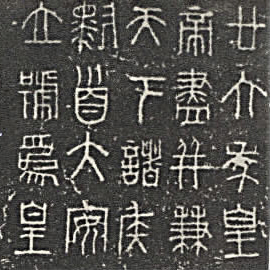
Large Seal and Small Seal Scripts were both simplified forms of characters, and their joint features included a proportioned amount of brush strokes and a finalised design. Unlike the Oracle Bone Script and Bronze writing, they had less variant forms and instead became the established ‘rhombus-shape’ characters that form the basis of modern day Chinese characters. The first known dictionary of Chinese characters, compiled in the 3rd Century BCE, used the Small Seal script.
Clerical Script
During the Han Dynasty (202 BCE to 220 AD) the Clerical script or Lìshū 隶书 (sometimes also referred to as Official Script) became the dominant script. There were however several variant scripts used in the period. The Qin style of Lìshū was a hasty and often illegible style of writing that was predominantly used among the people as a non-governmental handwritten form of communication. The characters that local authorities used were known as Tú lì 徒隶 and were based on the writing style used by the common people of the time, and adapted to become the official governmental script.
During the change from the Small Seal Script to the Clerical form of writing, the most profound modification was the symbolisation of the characters, which no longer followed the previous method of directly representing material objects. Another important change was that the Clerical Script contains more straight lines within square dimensions. This was because the rounded shapes of the Seal Script style, though aesthetically pleasing to the eye, were difficult to write. Clerical script is still in use today, with some calligraphers utilising it as the script for their work.
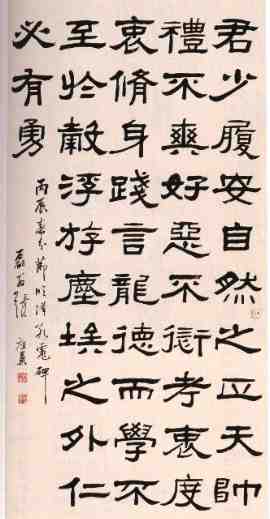
Regular Script
Regular Script or Kǎishū 楷书 came into being towards the end of the Han Dynasty, and was prominent during the Wei, Jin and Northern and Southern dynasties (AD 220-589). The artistry of the Lìshū/Clerical style was often too complicated and therefore hard to read. As a result, the Regular Script style of writing was developed in order to be easier to read, and thus grew into the dominant position as the recognised structure of official characters. With some stylistic variations in the Tang Dynasty, the Regular or Kǎishū script is the style still used in Traditional Chinese writing today in Taiwan and Hong Kong.
Simplified Chinese
The history of Chinese writing wouldn’t be complete without looking at the introduction of the simplified system that is now in use in mainland China. There were calls to simplify the Chinese writing system from early in the 20th century with advocates claiming it was hampering China’s efforts to modernise and compete with other nations. The actual reform of the system didn’t take place until the 1950s, with the aim of increasing literacy rates. Simplified Chinese greatly reduced the number of strokes for each character, especially high usage words, making it much easier to learn to read and write, and easier to use in everyday life.
If the long and rich history of Chinese writing has captured your interest, why not read our tips for how to learn to write Chinese characters?
Author
Nick Dennis

Nick is an English teacher who has taught English as a Foreign Language in China, Italy and France. He has a Bachelor of Arts (Modern Languages), majoring in French, from the University of New South Wales. He loves travel, reading and football and, of course, learning languages. Four years ago, Nick and his wife co-founded an online English language school targeted at the Chinese market (since sold to Chinese investors). He has also ghost-written the autobiography of a well-known Australian horse trainer.


